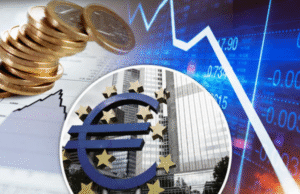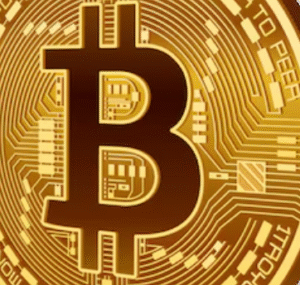$SPY $USD $BTC
#Trump #TradePolicy #Maganomics #PeterNavarro #EconomicPolicy #USChinaTrade #Geopolitics #MarketImpact #GlobalTrade #EconomicExchange #FinancialMarkets #SupplyChain
Peter Navarro, a controversial figure in economic and political circles, has been central to shaping Donald Trump’s distinctly unorthodox trade policies—something now often referred to as “Maganomics.” His approach starkly contrasts with decades of globalization-oriented policy by placing geopolitical power and national security above pure economic exchange. The result is a seismic shift away from free-market principles that have dominated global trade since the post-World War II era. Instead, emphasis is placed on protecting domestic industries, reshoring supply chains, and using tariffs as negotiating tools rather than viewing them solely as economic burdens. However, this shift raises critical questions: Will the U.S. economy thrive under this strategy, or will the protectionist stance ignite broader global economic uncertainty?
One prominent effect of “Maganomics” is evident in equity markets, global trade volumes, and the behavior of multinational corporations. U.S. indices like $SPY, reflecting the S&P 500, have faced bouts of volatility during Trump’s presidency, particularly during the U.S.-China trade war. There was a noticeable retreat in global sentiment when tariffs were ratcheted up in 2018 and 2019. Key industries such as technology, agriculture, and manufacturing were in the direct line of fire—illustrated by companies like Apple ($AAPL) facing intensified scrutiny over supply chain dependencies in China. The policy emphasis on decoupling the U.S. from China echoes strongly today, even beyond Trump’s era, creating ripple effects in various markets, including currencies like $USD and decentralized alternatives like $BTC, as countries and firms rethink their exposures.
Critics of Navarro and Trump’s staunchly nationalist approach argue that the economic sacrifice of such policies far outweighs their purported benefits. They point to higher costs for U.S. consumers due to tariff-related price increases and strained relations with key trading partners. Furthermore, while encouraging manufacturing jobs and countering trade imbalances might seem like positive goals, these results have been inconsistent at best. Economists have pointed out that efforts to reshore supply chains have met logistical and financial barriers, such as the higher labor costs in the U.S. compared to China or Vietnam, which often negate cost advantages for American firms. This has had mixed results for sectors like electronics and pharmaceuticals. Critics warn that long-term protectionism could lead to a fragmented global economy, reducing efficiencies that arise from interconnected trade systems and potentially softening global GDP growth.
Defenders, however, argue that Navarro’s strategy is a necessary recalibration of previous conventions. They believe protecting domestic producers from predatory foreign practices and addressing intellectual property theft by China are overdue corrections. Moreover, proponents see this strategy as building resilience, with the U.S. economy less beholden to global disruptions such as pandemics or geopolitical instability. Recent trends in semiconductor manufacturing relocation to the U.S., for example, have been heralded as victories for this shift in economic strategy. Financial markets, while volatile during these policy shifts, may eventually stabilize around new centers of growth. Whether this pivot delivers sustained dividends for the American economy or gradual erosion of collaborative trade frameworks remains subject to ongoing market analysis and long-term outcomes. Investors and institutions are already recalibrating portfolios to adapt to future waves of “Maganomics” ripples.







Comments are closed.